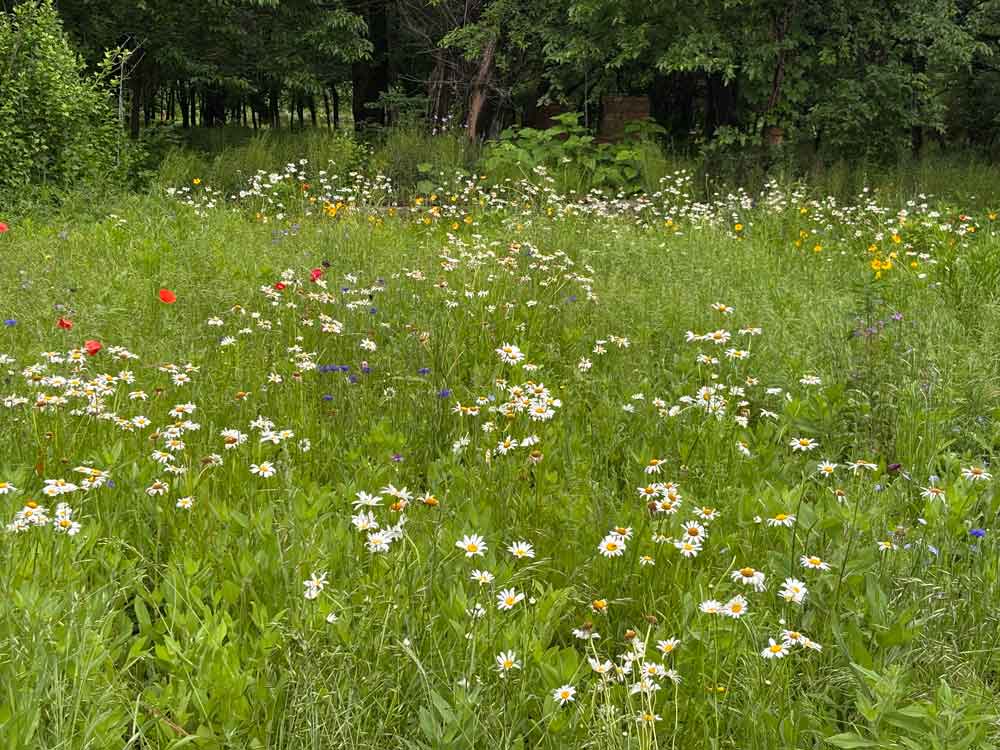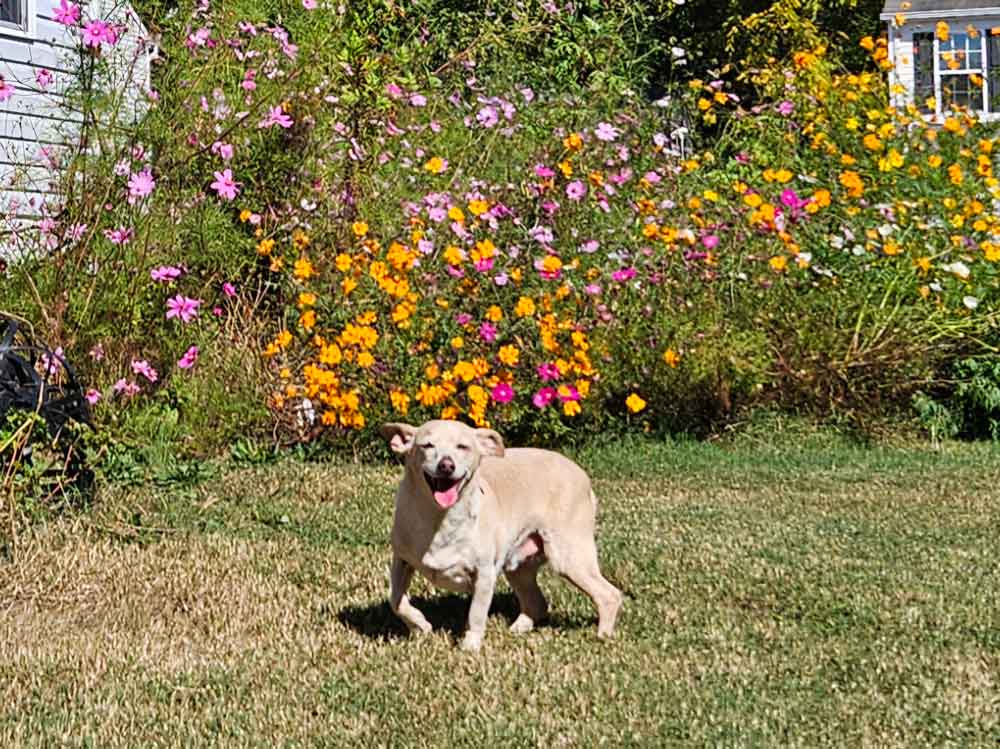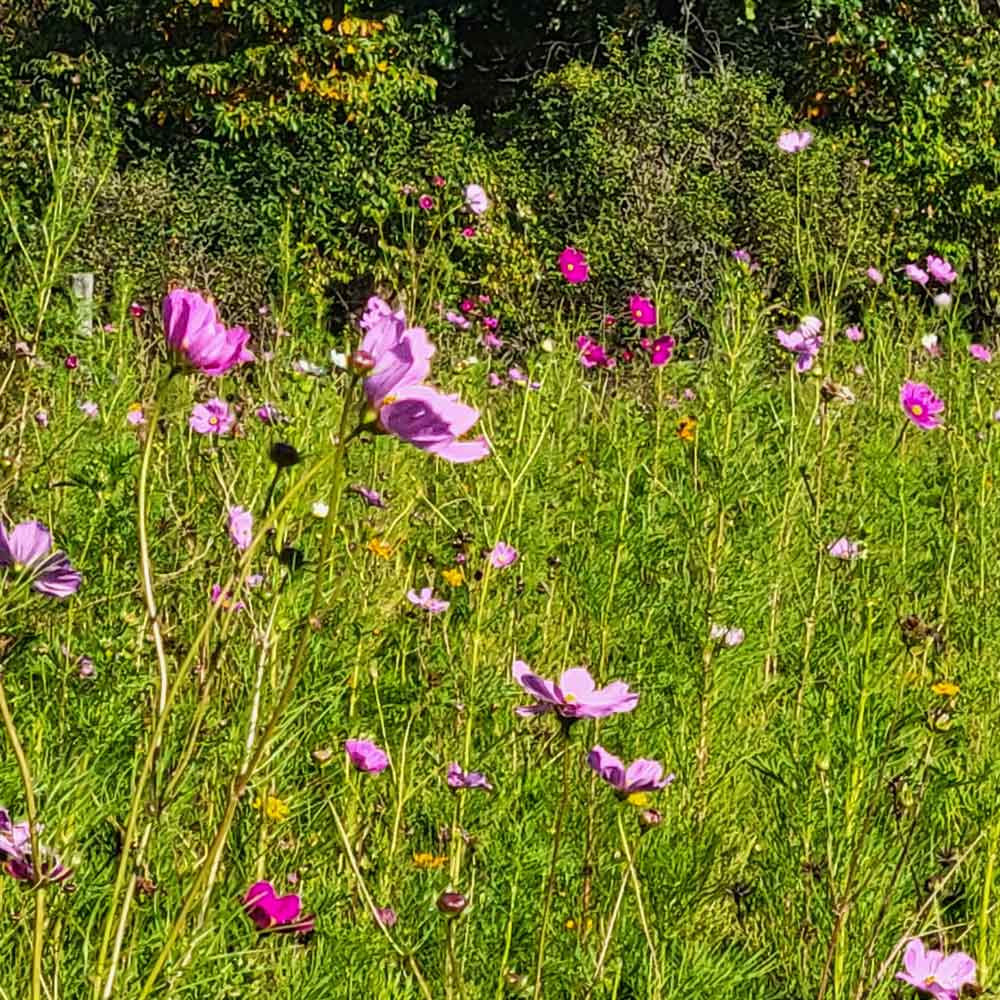When to Plant
For Spring planting, it is best carried out within a month or so after the final frost of the winter season. It is important to not plant too early; if seeds are installed prior to a late-season frost, they will be lost for the season and will need to be re-seeded.
For Fall planting, make sure you plant the seeds after the first killing frost to eliminate any chance of germination. Planting in the Fall gives you a jump start on Spring blooms.
Where to Plant
Though many wildflowers do tolerate some filtered shade, and a few actually thrive in it. The vast majority are definitely sun-lovers. Wildflowers will generally sprout in all but the most difficult conditions. This means that pampering your site with fertilizer or rich sod is not usually necessary.
How to Plant
Wildflower seeds require light to germinate, so be careful not to cover them when planting. Learn more about germination light requirements here.
Clear the area and work the soil as best you can before planting your seeds. Don’t panic when some weeds sprout along with the flowers, this will happen when the soil is worked.
We recommend mixing your seeds with sand – 5 parts sand to 1 part seeds. This allows for a more even distribution and also provides a convenient way to mark which portions of the site have been seeded and which have not. For a smaller area, you can hand-broadcast the seeds. For larger areas, we recommend a seed spreader to create a better cast of the seeds.
After the seeds have been sown, lightly compress the seeds into the soil about 1/4″ to protect from birds and wind.
How to Care for Annual and Perennial Wildflowers
Although Wildflowers are pretty easy to take care of, there are some steps to keep it looking beautiful. Regularly weed to ensure your wildflowers are getting the nutrients they need. Water your plants during dry spells. Deadhead blooms that are spend to encourage new growth.






